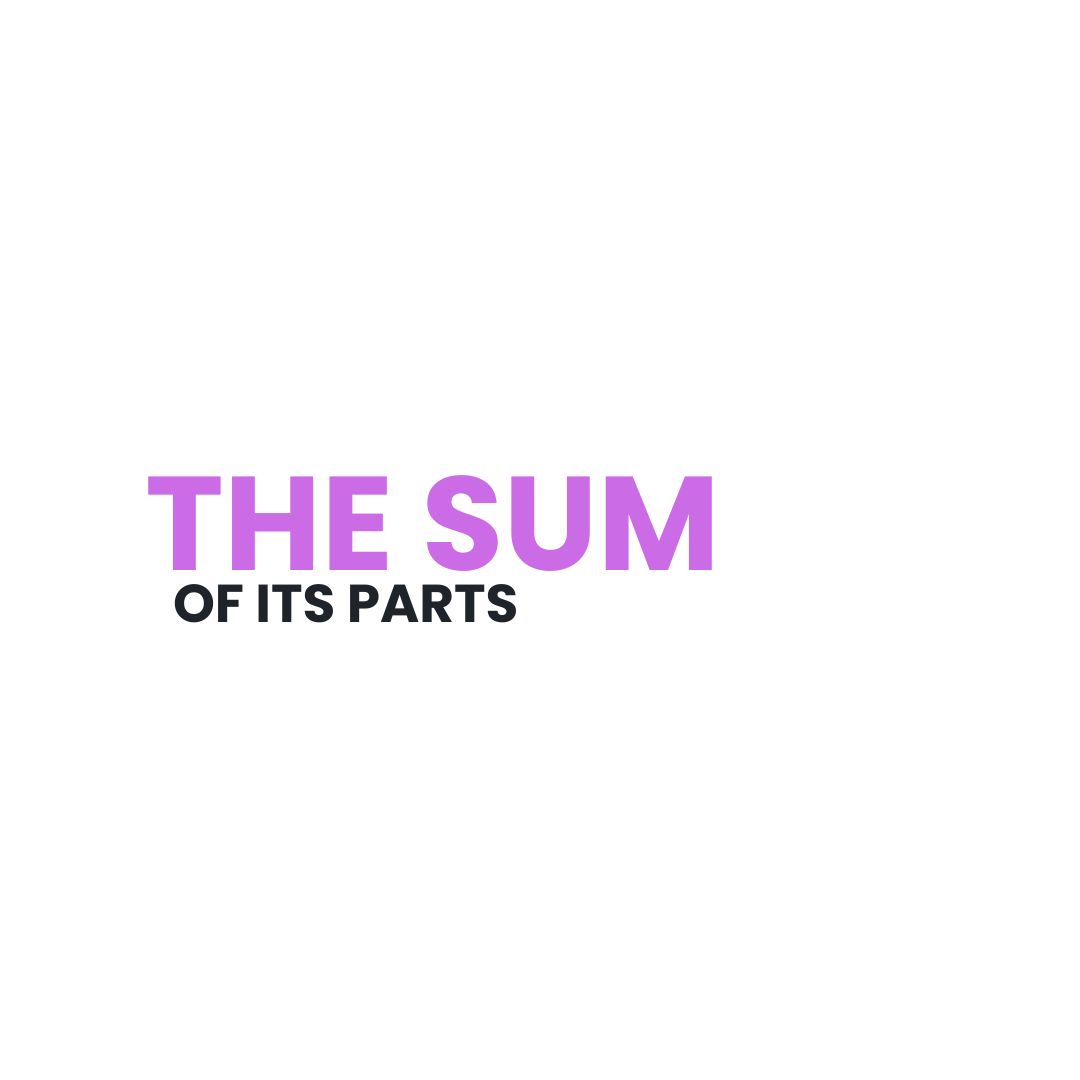Unbranded Lifestyle: The Surging Appeal of the No Brand Trend
In the ever-evolving world of product innovations, trends come and go, but one movement has been making waves for quite some time now: the No Brand trend. This unconventional shift in product philosophy has challenged the traditional emphasis on logos and labels, instead focusing on minimalism, individuality, and a departure from conspicuous consumerism.
The Rise of No Brands
The No Brand trend emerged as a reaction to the oversaturation of branded products in the market. For decades, luxury brands and even high-street retailers thrived on showcasing logos prominently, often turning their pieces into status symbols. However, as consumers became more conscious of their purchases and sought authenticity in their style, the allure of logos began to wane.
Individuality and Self-Expression
One of the primary drivers of the No Brand trend is the desire for self-expression and individuality. People are increasingly drawn to products that reflects their unique personalities rather than conforming to a predetermined image set by big brands. By opting for unbranded or minimally branded pieces, individuals can curate products that genuinely resonate with who they are, rather than relying on external markers of prestige.
Quality Over Hype
No Brand products also place a strong emphasis on quality over hype. Consumers are becoming more discerning, seeking out well-crafted, timeless pieces that outlast fleeting trends. This shift in focus has resulted in a resurgence of interest in classic designs and versatile staples that can be mixed and matched, transcending seasonal fads.
Sustainability and Anti-Consumerism
In an era marked by heightened environmental awareness, the No Brand trend aligns well with sustainable product practices. By investing in timeless, durable items, consumers reduce the frequency of purchases and contribute to a more sustainable product ecosystem. This trend encourages people to buy less but invest in better quality, which, in turn, leads to a reduction in the overall consumption.
Examples of the No Brand Trend in the fashion industry
Everlane: This direct-to-consumer brand embodies transparency and minimalism. They are known for their "radical transparency" approach, sharing details about their supply chain and pricing. Everlane's focus on high-quality essentials with minimal branding resonates with consumers seeking simplicity and authenticity.
Uniqlo: Uniqlo is a prime example of the No Brand trend's success. With its emphasis on functional and well-made basics, the brand's approach to fashion centers on individuality rather than flashy logos. Their collaborations with designers like Jil Sander emphasize timeless designs and enduring style.
The Row: Founded by Mary-Kate and Ashley Olsen, The Row epitomizes understated luxury. The brand is renowned for its meticulous attention to detail, high-quality fabrics, and lack of visible branding. The focus is on impeccable tailoring and craftsmanship, attracting those who appreciate the finer subtleties of fashion.
Streetwear Influencers: Influencers and fashion enthusiasts are also championing the No Brand trend. Many style icons are incorporating unbranded vintage pieces into their outfits, celebrating unique finds that defy conventional trends and encourage personal expression.
Thrift and Vintage Shops: The rise of thrift and vintage stores speaks volumes about the No Brand trend's impact. These shops offer a curated selection of second-hand clothing that allows consumers to uncover hidden gems with no emphasis on branding. This shift towards pre-loved items promotes sustainability and individuality.
How you will profit from the No Brand trend
Concentrating on a sustainable, simple product without a lot of marketing effort is the main focus for the no brand products. So, the focus here is clearly on sales measures and not on endless brand positioning discussions and high investments in the brand area. This leads to lower costs and can then lead to lower prices, especially for sure in thrift stores.
Promising markets for the development of innovative no-brand products can be found in fashion, beauty, cosmetics, stationery and office supplies, household goods, food, service and tech products, to name just a few areas.
The difficult worldwide economic situation especially in Europe is to be seen as an opportunity for the development of No Brand products. And here, too, it is exclusively about the development of new startup products to meet the current demands and needs of the customers.
No Brand products are not the cheap brands from the discount sector. The mentioned fashion examples show that by focusing on quality and sustainability a strong customer loyalty can be achieved. The No Brand trend is a powerful reminder that true style or a unique tech solution is a reflection of one's identity, rather than the endorsement of a label.


